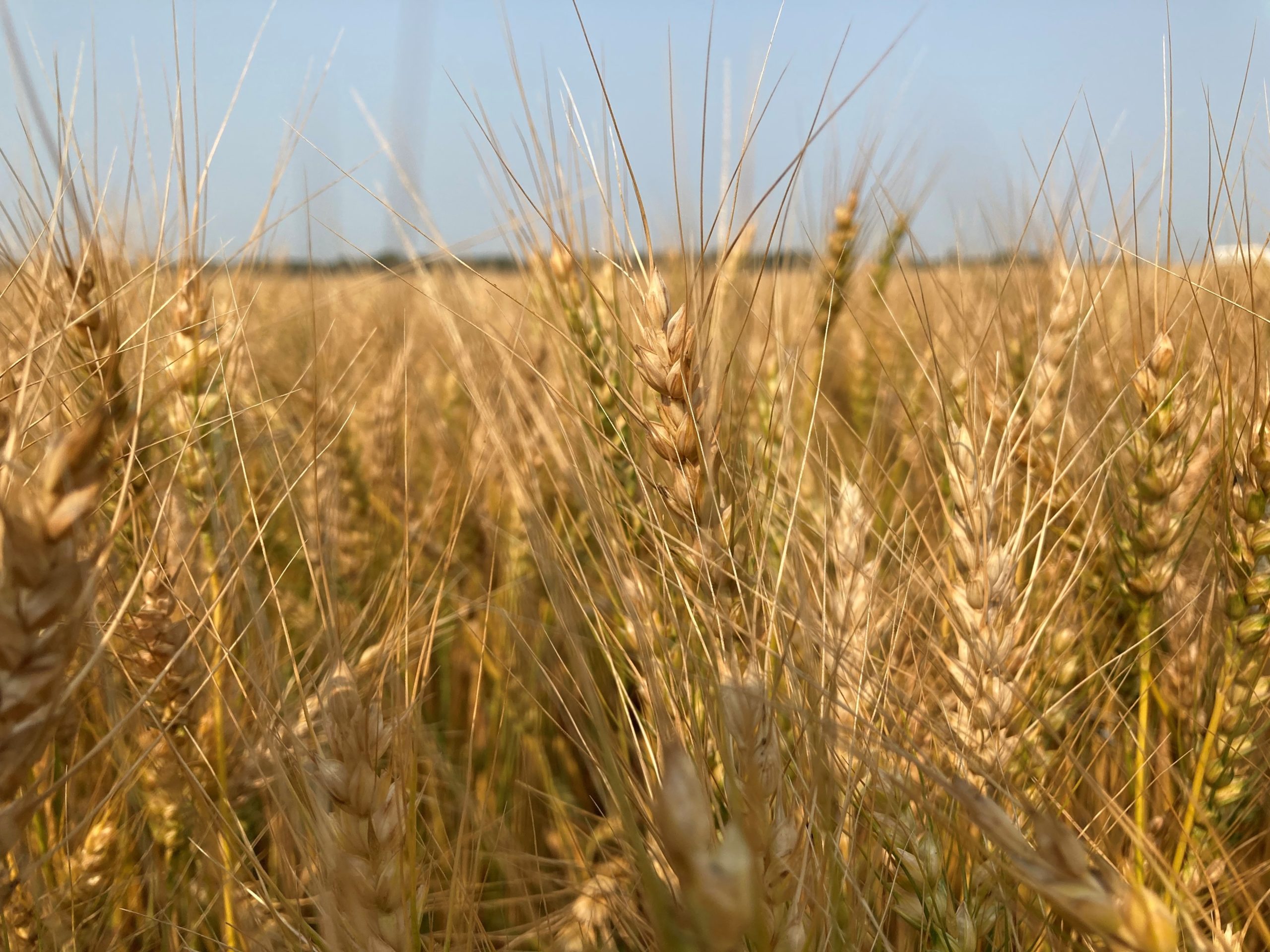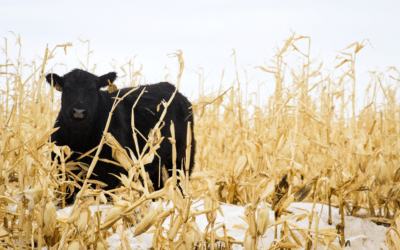Jim Bagshaw, Alliance Seed
Wheat midge tolerance is one of the most misunderstood opportunities available to grain farmers today.
Currently, most growers think that, unless they suffer midge infestation challenges, they don’t need midge tolerant varieties. Though that argument makes a lot of logical sense, there’s one critical piece of information missing from the equation: midge tolerant varieties are better. They’re not just better at managing wheat midge. They’re actually better period, averaging a five to 10 per cent yield advantage over other varieties. Judging by the varieties currently in the development pipeline, about 80 per cent of all new wheat varieties will be midge tolerant five years from now.
“But wait, Jim,” I can already hear farmers saying, “I don’t want to grow a variety with restrictions on it. That’s too expensive.”
Actually, take another look at the economics.
With their higher yield potential combined with midge tolerance, the new midge tolerant wheat varieties generally provide the best economic return to most farmers, even when the cost of buying certified seed more often is factored in. Keep in mind, too, that given today’s increased pace of variety improvement the most successful farmers upgrade to newer, better performing varieties regularly. Whereas it used to be common to grow the same variety for five or more years, most farmers today upgrade every three to four years, and top producers may switch more often than that.
It’s also important to keep in mind that restrictions are in place for the long-term good of the entire industry. Wheat midge tolerance is based on just one gene, which took researchers more than 15 years to successfully move into spring wheat varieties. If not managed correctly, wheat midge will likely overcome the tolerance gene within a decade. For exactly that reason, it’s critical that producers closely follow the variety restrictions. A tolerant variety must be blended with a susceptible variety in a 90 per cent – 10 per cent mix in order to disrupt the pest’s ability to produce resistant offspring. As well, producers must only use farm-saved seed to a maximum of one generation past certified to ensure the ‘refuge’ (susceptible variety) is at the right rate in the blend to manage midge pressure and limit resistance development.
If you don’t currently suffer wheat midge infestation and you’re not growing wheat midge tolerant wheat, you may soon face infestation: wheat midge is relatively ubiquitous. And, if you enjoyed a break from wheat midge last year, this year may be different. Last winter’s midge forecasts for both Alberta and Saskatchewan called for a heavy year of the pest. One small upside of 2021’s drought conditions through much of the prairies is that farmers were mostly spared significant wheat midge damage, since larval hatching is tied to ground moisture. Unfortunately, wheat midge eggs can stay dormant in dry soil. Watch 2022’s predictive maps to be released in January 2022, which should give a better indication of how many of the 2020 eggs carried over to 2022. (Note: while Manitoba doesn’t currently provide a midge forecast, it’s very likely that the pest is present, at least in western Manitoba).
Part of what makes controlling wheat midge challenging is that eggs can hatch in multiple flushes following rain, even later in the season, In-crop spray timing is a very short window: usually only two to three days, there are limited pesticide options, and pesticidal control will also kill beneficial insects that feed on midge. While good management is critical, using a wheat midge tolerant variety is an efficient, effective and convenient insurance plan.
As chair of the Midge Tolerant sub-committee for Seeds Canada, I’m blessed to regularly work with and talk to some of the best scientific minds researching midge tolerance. While the work they do is cutting-edge and necessary, they constantly remind that farmers’ management is at least as critical in the battle against wheat midge.





